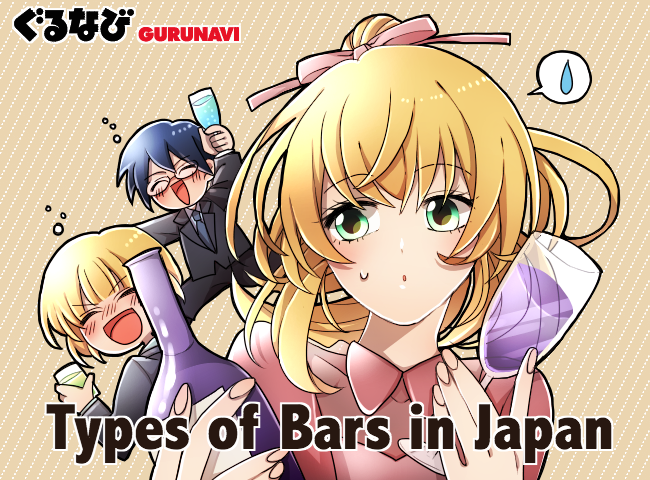Hot Sake: Savor the Pleasures of Japan's Winter Libation
There are many misunderstandings when it comes to hot sake. When sake—a fermented rice alcohol that has been brewed in Japan for centuries—was first sold overseas, only low-quality brews were available for export. The sub-par sake was made more palatable when heated, which gave the impression to many consumers that hot sake meant low-quality sake.

In Japan, however, sake (no matter the quality) was historically served warm as its robust flavors, which developed by being brewed in wooden tanks and stored in aromatic cedar casks, tasted better at room temperature or hotter. Today, sake is brewed in ceramic tanks and stored in glass bottles, so it can be enjoyed at a wide range of temperatures from chilled to very hot; but there are still several varieties of sake that taste better at warmer temperatures.
Hot Sake vs. Cold Sake
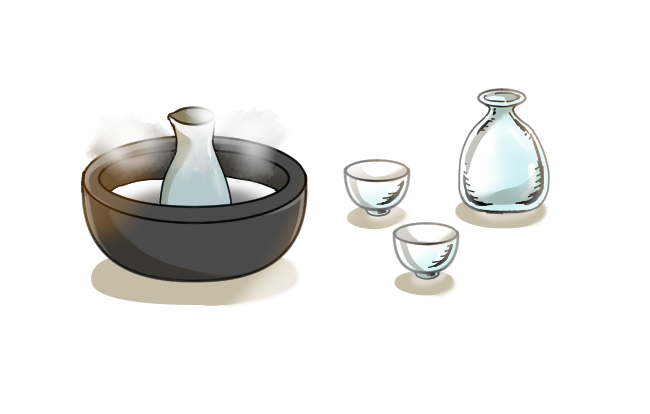
Sake is highly prized for its fragrant aromas and delicate flavors, which are greatly impacted by the temperature at which it’s served. Chilling sake below room temperature, known as reishu, is preferred for varieties with more delicate, complex notes, while heating is preferred for more full-bodied varieties as it intensifies the sweet, savory, and spicy notes while masking any bitter flavors that may arise. However, it’s important not to overheat sake as this can mute the aromatics and create an overpowering taste of alcohol.
Best Hot Sake Varieties
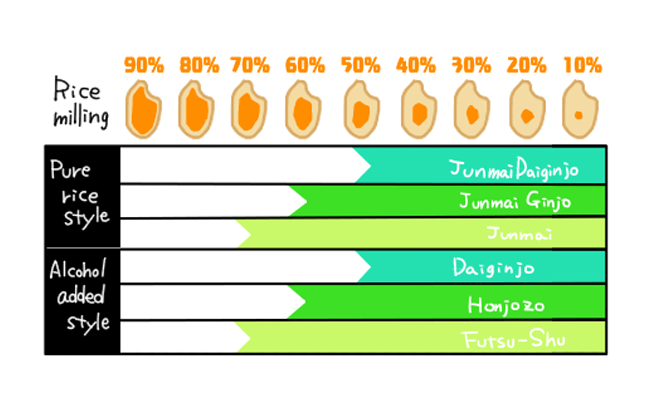
Junmai-shu
Junmai-shu is the purest variety of sake and is made using only rice grains, water, and a fermentation starter called koji that converts the rice starch into sugars during the brewing process. The rice used for junmai-shu is polished to remove 30 percent of the grain or less, which creates sake with an earthy, full-bodied flavor and some acidity that makes it well-suited to being served from room temperature up to around 45°C (113°F).
Honjozo-shu
Like junmai-shu, honjozo-shu is made with polished rice, water, and a koji starter. However, brewer’s alcohol is added during the production process along with water to dilute the ABV percentage so that it has the same alcoholic content as other varieties of sake. The result is sake with a lighter body than junmai-shu and more of a floral or fruity bouquet that’s very easy to drink. It can be served at even hotter temperatures than junmai-shu, up to 50°C (122°F), which allow for more pronounced spicy notes.
Futsu-shu
Futsu-shu, or non-premium sake, is made with rice that isn’t highly polished, which draws an earthier flavor from the rice grains and koji starter. However, just because futsu-shu is “non-premium” does not mean all sake with this label are low quality. In fact, there are some very well-made futsu-shu that are not only quite smooth and easy to drink but come at a great price point.
Selecting an Appropriate Hot Sake Temperature

Hinatakan: Room Temperature (30–35℃ / 86–95℉)
Hinatakan is the ideal temperature for serving junmai-shu and honjozo-shu that have a smooth texture and complex aromas, since none of the flavors become masked from heating.
Hitohadakan: Lukewarm Temperature (35–40℃ / 95–104℉)
Nothing quite matches the sensation of hitohadakan as the sip of body-temperature sake touches the tongue and spreads its fragrant bouquet across the taste buds.
Nurukan: Warm (40–45℃ / 95–113℉)
Serving sake at nurukan can help smooth rough notes without eliminating earthy notes and some of the more delicate aromas.
Jokan: Hot (45–50℃ / 113–122℉)
In general, jokan is a good serving temperature for most honjozo-shu and futsu-shu, smoothing out any rough notes while still allowing fragrant aromas to come through.
Atsukan: Very Hot (50–55℃ / 122–131℉)
Atsukan is best suited for honjozo-shu and futsu-shu that have a light body and distinct bouquet. Heating sake to this temperature tends to draw out spicy notes. Above 55°C (131℉), sake begins to lose its aroma and takes on a strong taste of alcohol.
How to Make Hot Sake
When heating cool sake to room temperature, one enjoyable way to warm it is simply allowing it to come to room temperature naturally, sampling it as it warms up and enjoying the various flavor notes that appear at different temperatures. However, if you’d like to heat sake faster or hotter than room temperature, the best method is double boiling. Below are some instructions for how to double boil sake.
Step 1: Fill the Tokkuri
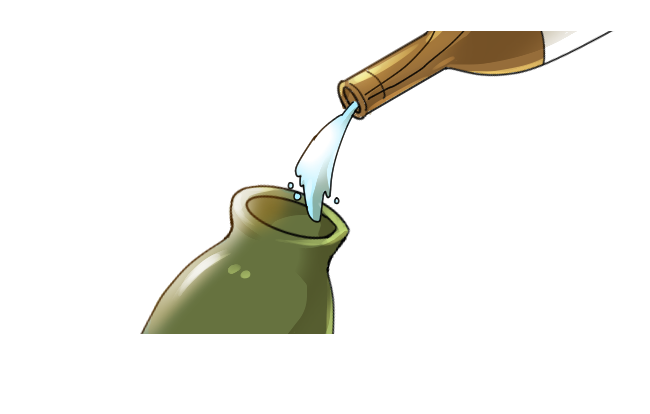
Fill a sake decanter, called a tokkuri, to around 80–90-percent full. Do not fill to the top of the decanter as the sake will expand as it heats and may overflow.
Step 2: Bring Water to a Boil
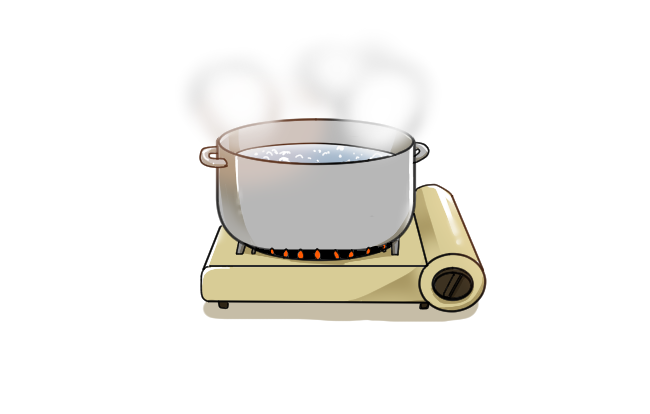
Next, fill a small sauce pot with water to half the height of the tokkuri and bring to a boil. Once boiling, remove from heat.
Step 3: Place Tokkuri in Hot Water
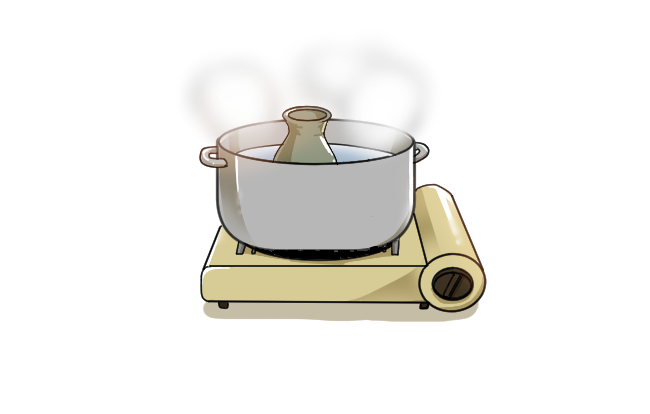
Cover the mouth of the tokkuri with plastic film to prevent spilling and slowly place it in the pot of hot water.
Step 4: Remove Tokkuri from Pot
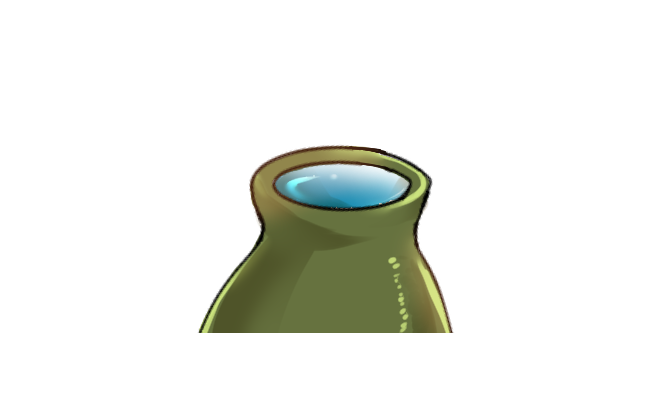
Remove the tokkuri from the pot after a few minutes once it’s hot to the touch. The sake will have expanded, so be careful not to spill and burn yourself.
Step 5: Check the Temperature
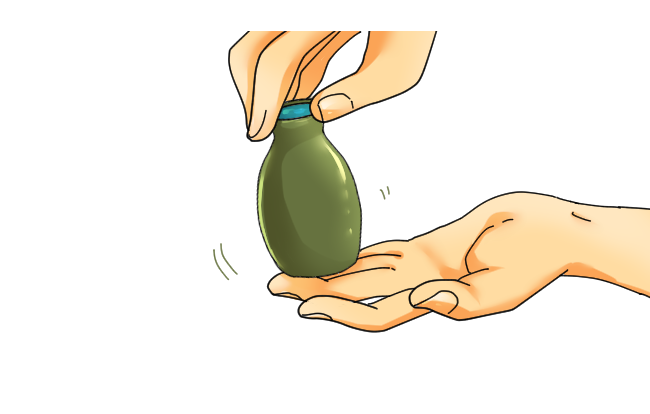
Test the temperature with a thermometer and compare with the temperature suggestions above. You can also test the concave part on the bottom of the tokkuri. If it’s hot enough for your liking, it’s ready to drink.

In a pinch, a non-metallic decanter can also be heated in the microwave, although this may lead to uneven heating and doesn’t keep sake hot for as long as the double boiling method does.
How to Drink Hot Sake

When drinking sake, the custom is to pour for all of your companions before yourself. Sake is traditionally poured from the tokkuri into small glass or ceramic cups called ochoko or guinomi. When someone is pouring sake for you, you should hold the glass with two hands, using one hand to lift the glass and the other hand to cup the bottom for support.
It’s important to take small sips when drinking hot sake as the warmer temperature causes the alcohol content to be absorbed by the body more quickly. You may want to alternate each cup of sake with a glass of water, referred to in Japanese as yawaragi mizu, or “the water that softens” as it helps prevent one from becoming intoxicated too quickly.
Read: Essential Japanese Business Party Etiquette
Sake Food Pairing

Sake is an excellent beverage pairing for both Japanese and Western cuisines—some say even better than wine. That’s because in addition to providing either complementing or contrasting flavors to the accompanying meal, sake also contains more umami, which magnifies the natural flavor of foods. Heating sake also enhances its acidity and alcoholic properties, which intensify the flavors of food even further, especially rich or fatty foods like oily fish, meat, and cheese.
Junmai-shu goes well with seafood and sushi as well as heavier dishes, while the lighter-bodied honjozo-shu can be enjoyed with equally lighter dishes depending on whether the sake has more fruity, floral, or spicy notes. And in the wintertime, nothing could be more warming than sitting around the table enjoying Japanese hot pot with some hot sake.
Read: Japan’s Traditional Winter Comfort Cuisine
Savoring the Simple Pleasures of Hot Sake begins with Gurunavi
With its smooth texture and variety of flavors, hot sake is an excellent choice served alone or paired with food. Whether you’re a sake novice or a seasoned expert, you’re sure to enjoy the wide variety of hot sake available in Japan. Visit Gurunavi’s restaurant and bar listings to find the best places to enjoy hot sake in your area.








